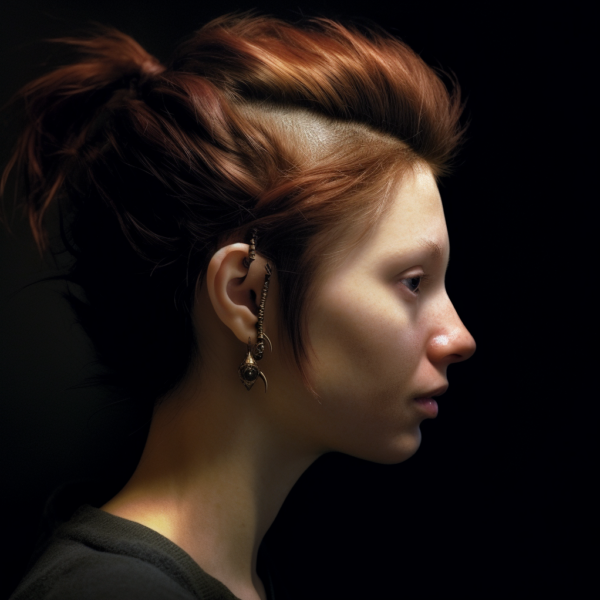Trichotillomania is a mental health disorder that causes people to have an irresistible urge to pull out their hair. First identified in 1889 by Dr. Hallopeau, trichotillomania involves recurrent episodes of hair pulling, leading to hair loss and noticeable bald patches. This disorder can affect hair from any part of the body, but the scalp, eyebrows, and eyelashes are most commonly impacted. People with trichotillomania often select hairs for pulling based on perceived differences, such as the hair feeling rougher or being more curly than other strands. Once a bald patch forms, the urge to pull from that area may increase, thereby expanding the area of hair loss.

Trichotillomania is a fairly common condition, affecting 2-3% of all people who experience hair loss. It is most prevalent on the scalp (70% of cases), followed by eyebrows and eyelashes (50%), pubic hair (30%), body hair (20%), and facial hair (10%). In some cases, individuals with trichotillomania may chew or eat the pulled hair – a behavior known as trichophagia. About 40% of individuals with trichotillomania chew their hair, and 10% eat it. However, consuming hair is not advisable as it can lead to digestive issues and stomach ulcers.
There are two types of trichotillomania: described as “automatic” and “focused”. In the automatic form, individuals often do not realize they are pulling out their hair until after the fact. With focused trichotillomania, the hair pulling is intentional, and individuals typically wait until they are in private to do it. Symptoms of trichotillomania include an intense urge to pull out hair, which can be compared to trying to resist scratching a persistent itch. Other symptoms may include sore or infected skin, permanent damage to the skin or hair follicles, hand injury from repetitive plucking, and obvious bald or thin spots in the hair.
The exact cause of trichotillomania is unclear, but several factors may contribute to its development. These factors include seeking a way to handle stress or anxiety, chemical imbalances in the brain, hormonal changes during puberty, and genetic predispositions. The act of pulling out hair may provide a sense of satisfaction, making the behavior similar to a type of addiction.
Diagnosis of trichotillomania is guided by the Diagnostic and Statistical Manual of Mental Disorders, 5th Edition (DSM-5). The criteria for diagnosis include removing hair from a region of the body, trying to stop or decrease hair pulling, distress caused by hair removal that affects at least one area of functioning, and ensuring that the hair loss or pulling is not the result of another condition like alopecia or another mental disorder.
If left untreated, trichotillomania can become a chronic condition. The most common treatment approach is cognitive behavioral therapy (CBT), often coupled with habit reversal training. However, the effectiveness of these treatments varies from person to person, and more research is needed to establish a comprehensive understanding of treatment outcomes.
Historically, there has been a degree of friction between psychiatrists and dermatologists in the approach to treating trichotillomania. Psychiatrists regard hair pulling as a disorder and focus on psychological therapy, while dermatologists consider it as an alopecia and take a more direct approach, such as suggesting wearing gloves or applying Vaseline to hinder hair pulling. The prognosis for children is generally good, with successful treatment often resulting in them outgrowing the condition. However, adults with trichotillomania have a poorer prognosis and are less likely to respond to treatment.
In conclusion, trichotillomania is a complex disorder with both psychological and physical aspects. While it can be distressing and challenging to manage, understanding the condition is a crucial first step in seeking appropriate treatment and support.
Bibliography


